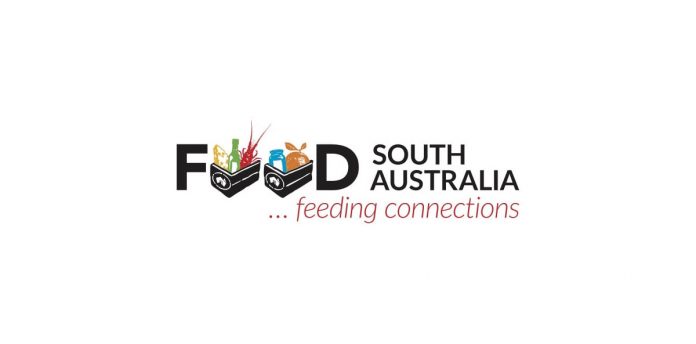
We have all been hearing the term ‘the new normal’, but what will this actually mean for the food and beverage sector? Where does this leave businesses in terms of opportunities for growth and diversification?
By Food South Australia CEO Catherine Sayer.
As the peak body for the food and beverage industry in South Australia, Food South Australia has been working to provide updates and information to help individual businesses put themselves in the best possible position for recovery. We recently partnered with our Associate Sponsor NAB Agribusiness to give our sector an update on global economic trends.
NAB Regional and Agribusiness Economist Phin Ziebell led the webinar and spoke about likely trends in domestic markets as the impacts of Covid-19 continue to affect consumer spending, travel, and business operations. Phin is responsible for analysing and reporting on trends and development in the agribusiness industry, infrastructure and consumer spending for National Australia Bank and is also the Associate Director of NAB Group Economics.
As we know, the global economy has suffered its greatest contraction since the Great Depression and, with the current pandemic remaining somewhat uncontained, the situation does seem bleak. That’s the bad news. The good news is signs of recovery can now be seen as regions ease restrictions and re-open.
Phin told us that there are effectively two ‘camps’ in the global economy, characterised by countries at different stages of the pandemic.
China and broader Asia implemented strict lockdown measures early, and their economies are now regaining traction. The demand for premium Australian food and beverage imports still remains challenged which is driven from consumers remaining cautious with their spending on high-end food and beverage in-store as well as in restaurants. Looking forward, South East Asian countries are forecast to emerge most strongly from the crisis as they have performed relatively well over the pandemic period. These countries also have a growing middle class, setting this region up as a key market for high quality Australian food and beverage products.
In the other ‘camp’, the global economy faces significant future and current challenges, with the virus remaining out of control within parts of US and Europe.
On our home soil, we have a diverse economic landscape, with only one state remaining in strict lockdown. The negative impact on Victoria’s gross state profit is estimated to be at least 10-15% and this will have a ripple effect across the country.
With a challenging labour market and our national unemployment rate increasing, we now have a growing space of price sensitive consumers, who will be focused on availability and accessibility. This will see an increasing demand for processed imported foods such as tinned and frozen products. However, with this increasing divergence in consumer spending there are also those shoppers who haven’t faced job losses and are consciously spending more on local products as they opt for the South Australian-made choice. This trend has been the driving force behind the recent roll-out of the SA Made and Owned program with Drakes Supermarkets.
Overall, there is less expenditure occurring outside of the home and in hospitality settings, and ecommerce sites have been booming, especially in Victoria due to the lockdown. This has challenged and disrupted the distribution chain.
There has been a decrease in the hospitality sector which in some states is starting to come back. Over this time, it has given a leg-up to those food and beverage manufacturers who are able to make the transition from selling to the hospitality sector to selling directly to consumers. New opportunities remain for businesses who can offer take-away or ready-made meals, or even ingredients to encourage consumers to do more cooking at home. The new trend of consumers purchasing directly from the manufacturers – and often in bulk – is looking promising too. It is expected to continue post-crisis and has been a great example to food and beverage businesses of the need to diversify their markets to mitigate risk.
If you would like to listen to the recording of our economic update with NAB, you can find it on our COVID-19 webinar series page on the Food South Australia site.
About Catherine Sayer
Catherine has led Food South Australia since it was established in 2010, passionately guiding the development of the industry’s peak body with a focus on industry growth and advocacy. She also is a member of several boards, some of which she chairs.
About Food South Australia
Food South Australia is the state’s peak body for the food and beverage industry, with a mission to support and sustain the industry in the state by helping businesses of all sizes to grow their markets, capability, and industry connections. Food South Australia is independent, industry led, and membership based.




